Bananas and other favorite foods that could face extinction
Foods at risk around the world
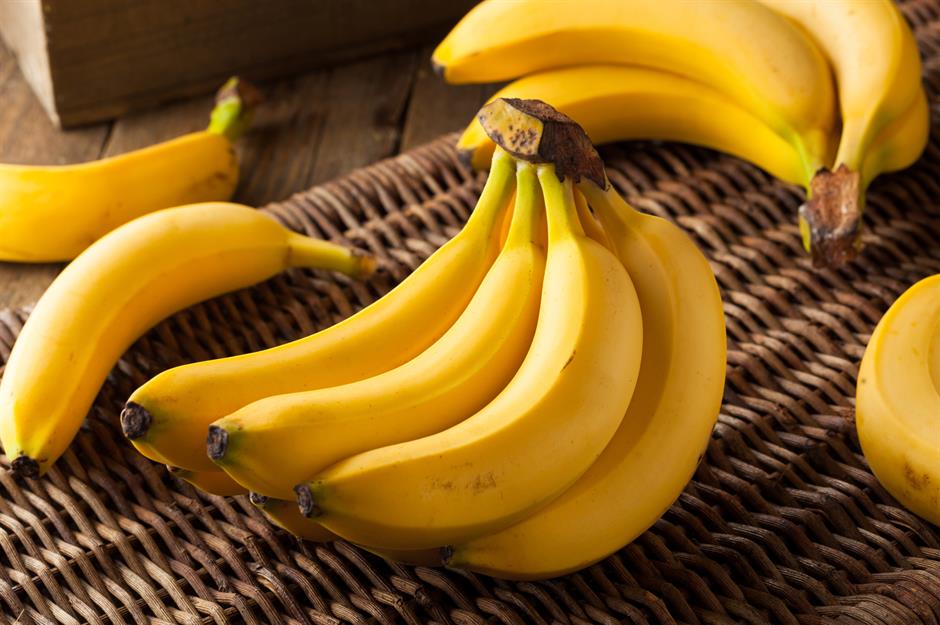
Even under normal circumstances, it's easy to take our favorite meals and snacks for granted, but many commonplace foods might not be around forever. Climate change, disease and other factors all pose a threat to global produce and could even wipe out your favorite food or tipple for good. From bananas to broccoli, we reveal the foods and drinks at risk of extinction.
Almonds
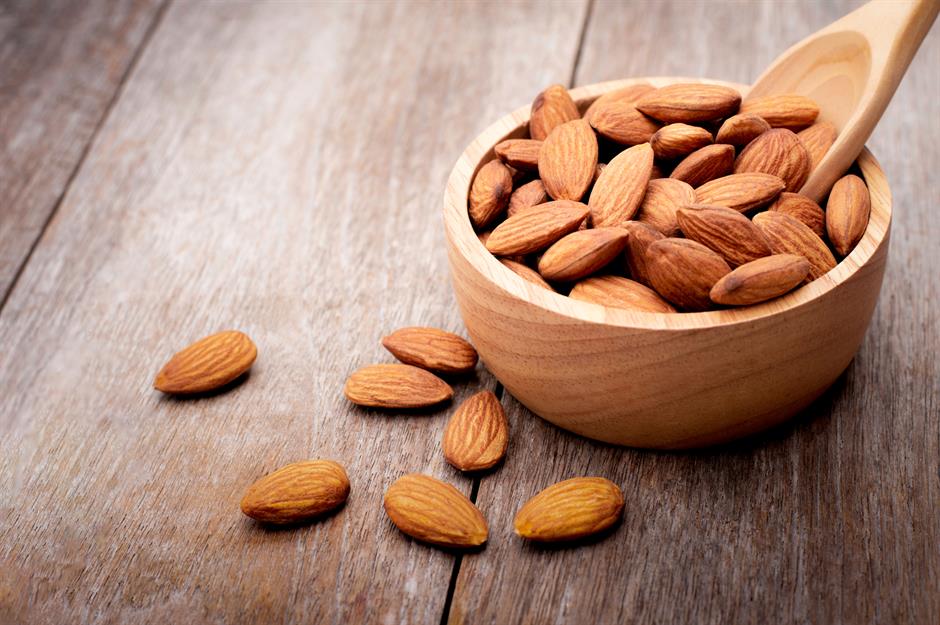
Demand for almonds and almond milk seems to be ever on the increase, but there are questions over the sustainability of their production. The USA has a behemoth of an almond industry and this relies on billions of bees, who are sent to pollinate California's many almond trees. Sadly, though, a huge number of bees die in this process, in part due to pesticides and parasites. These large-scale agricultural methods pose a threat not just to your favorite healthy snack, but to the future of the honeybees themselves.
Blueberries
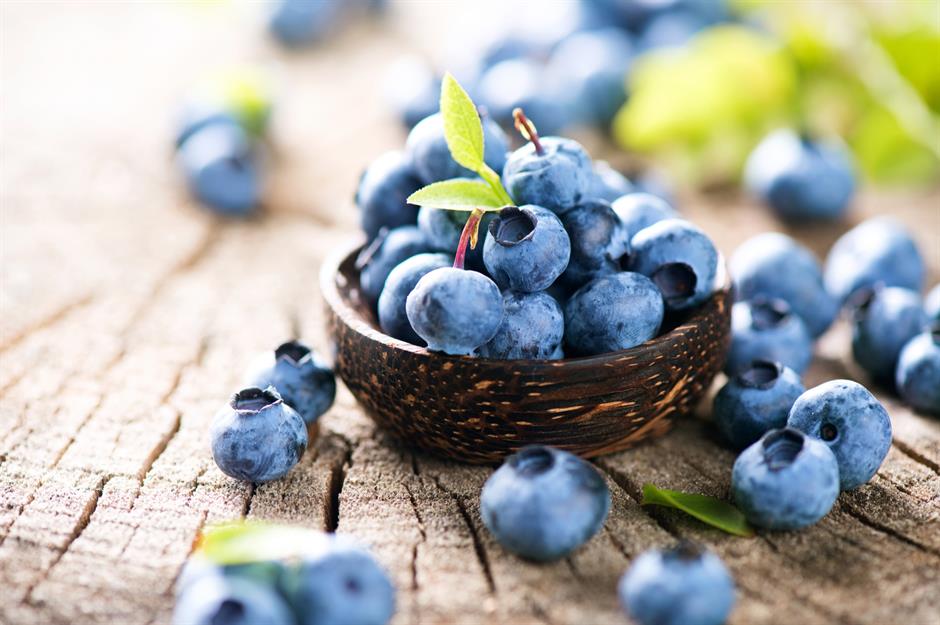
It's not just almonds that could be at risk. According to a report by the United Nations, three-quarters of the world's food crops depend on pollinators including butterflies, beetles, birds and bees, which are declining at an alarming rate. Factors including climate change and pesticide use mean many of these species could face global extinction. Devastating in its own right, this would also lead to the loss of fruits including blueberries, which are insect pollinated, mostly by honeybees.
Broccoli
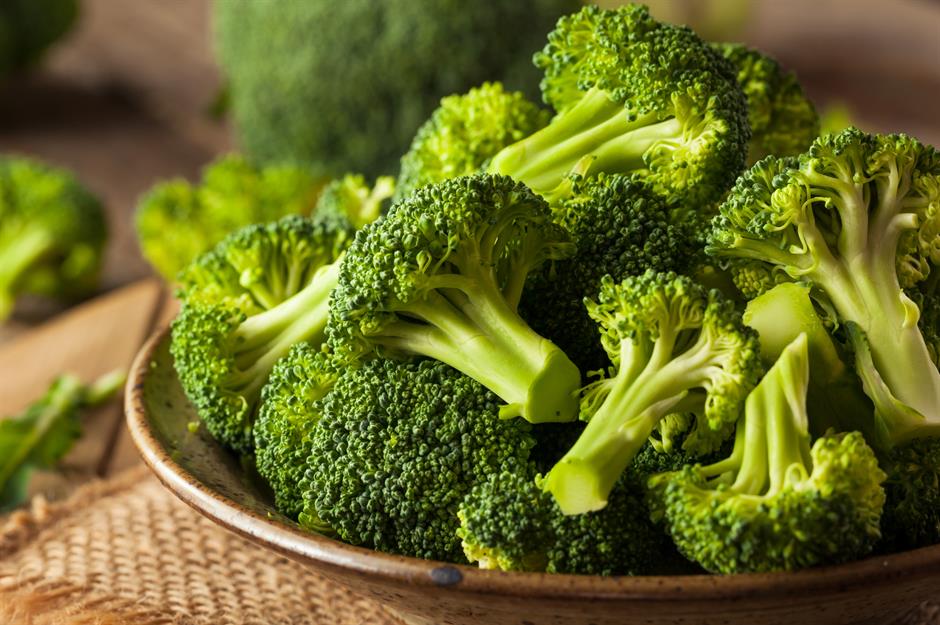
Broccoli is another staple veggie that relies on pollination from honeybees, whose rate of decline is "consistent with a mass extinction", according to a report from the University of Ottawa. Some studies say that the crop has already been affected by "inadequate pollination" and the reduced diversity in pollinators.
Honey
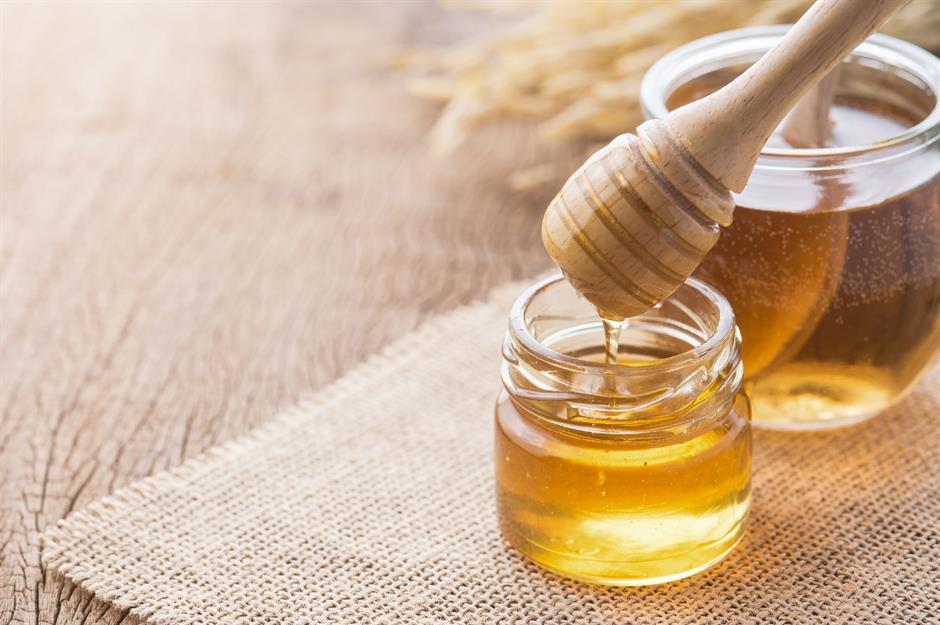
Of course, honey is another product that may cease to exist. The production of honey relies entirely on bees, who collect flower nectar and break it down before depositing it into a honeycomb. The process of evaporation, spurred on by the honeybees' fanning wings, produces the final sweet, sticky result. Without bees, real honey would be impossible to make.
Coffee

Many of us can't function without our morning brew and economies across the globe rely on coffee production. But, due to climate change, our favorite hot beverage faces an uncertain future. According to a report by The Climate Institute of Australia, if action to reduce emissions is not taken, climate change could "cut the global area suitable for coffee production by as much as 50% by 2050". The report also said that wild coffee could be extinct by 2080.
Wine

Wine is another earthly pleasure that could be threatened by climate change. According to experts at the University of Alcalá in Spain, a rise in temperature of just 3.6°F (2°C) could lead to the loss of 56% of the suitable land within current wine-growing regions around the globe. A 7.2°F (4°C) rise, meanwhile, could result in a shocking 85% reduction. The study lists white grapes including ugni blanc and riesling and reds such as grenache as those which might be affected.
See our guide to everything else you wanted to know about wine
Avocados
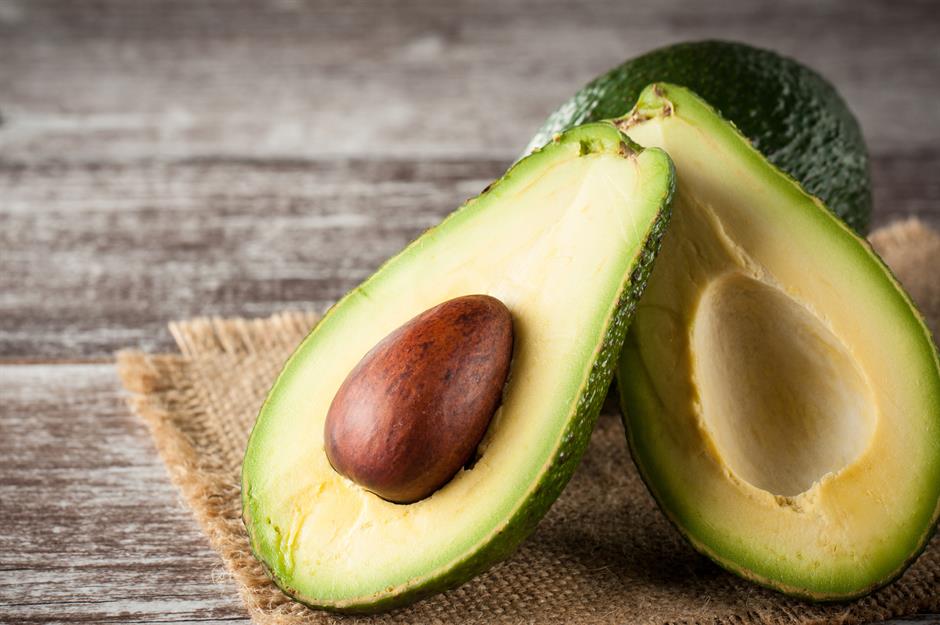
Avocados have earned themselves a kind of cult status, favored by trendy brunch spots across the globe. But, despite their popularity, their future remains uncertain. Some 72 gallons of water are required to grow just 1lb of avocados and it's thought that available resources won't be able to sustain the mighty global demand – especially given that California, a key avocado-growing state, has suffered severe drought in the past decade.
Bluefin tuna
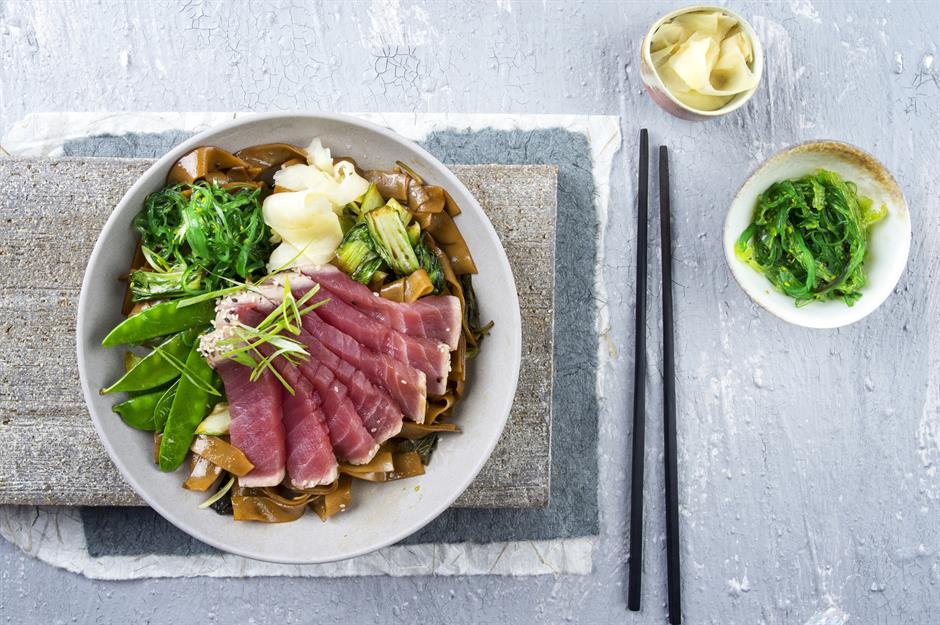
There are three species of bluefin tuna: the Atlantic, the Pacific and the Southern. All three are used in sashimi and sushi, two Japanese delicacies, and sadly all three are either vulnerable or endangered. The high demand for bluefin meat has led to overfishing (and illegal fishing) over the decades, and this has resulted in a severe decline in the populations of these tuna. If this continues, the species could be lost forever.
Salmon
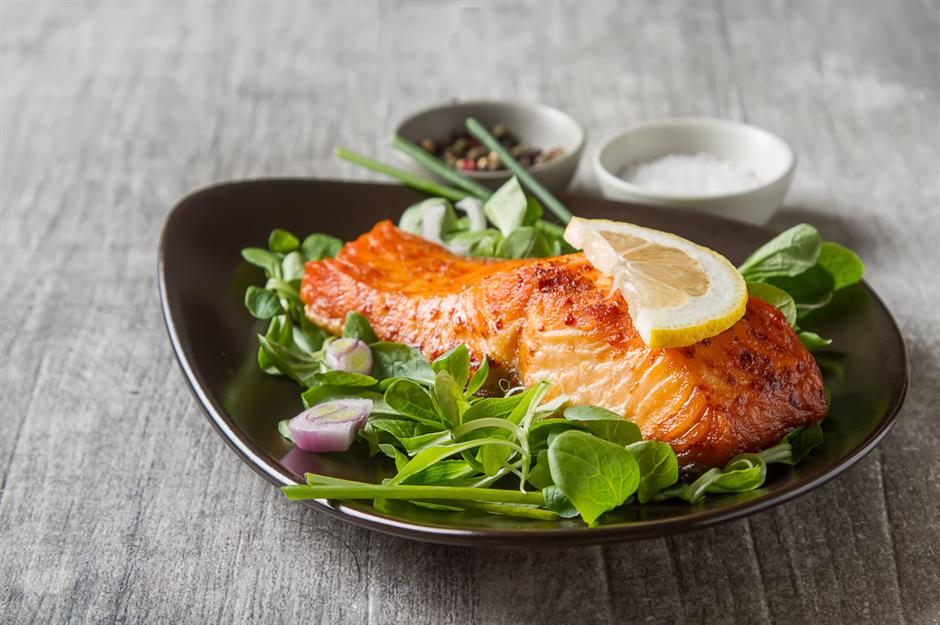
Tuna aren't the only fish that face an uncertain future – studies suggest that ocean acidification could have an impact on salmon populations too. As the world's oceans absorb carbon dioxide, the PH level of seawater decreases, causing them to become more acidic. This affects "calcifying species", such as oysters, clams and sea urchins, who use calcium carbonate minerals to build up their skeletons and shells. And in turn, salmon and other fish higher up the food chain that rely on these organisms for food, could struggle to survive.
Atlantic cod
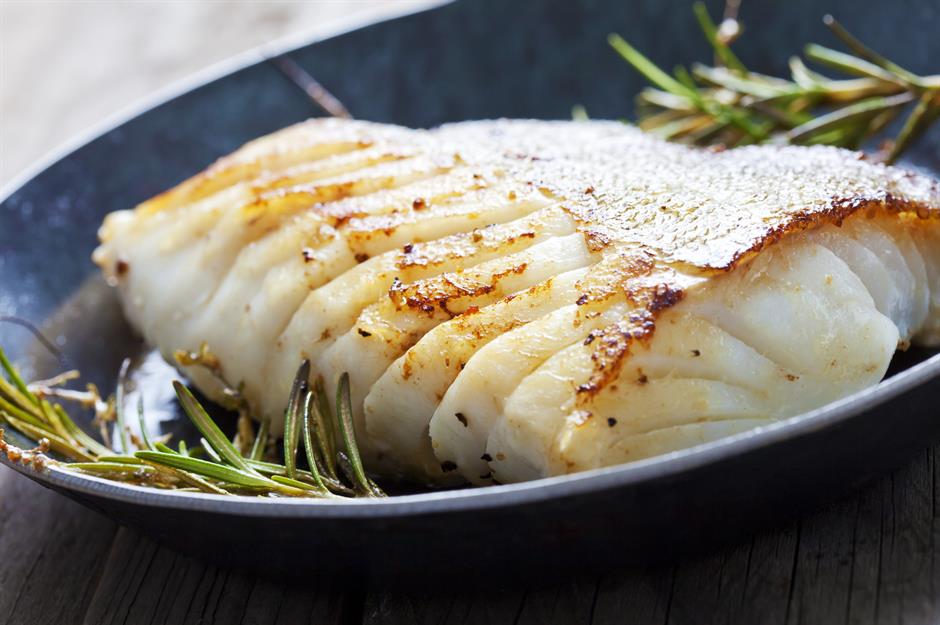
There are other species who have suffered from overfishing too. The UK's Marine Conservation Society (MCS) describes Atlantic cod, a type commonly used in fish and chip shops, as a "fish in crisis". The species has suffered from overfishing over the decades and, according to the MCS, current cod stocks throughout the northeast Atlantic are all either "inefficiently managed" or "at an unknown level". "Precautionary and smart management" is the only way to save them for centuries to come.
Chickpeas
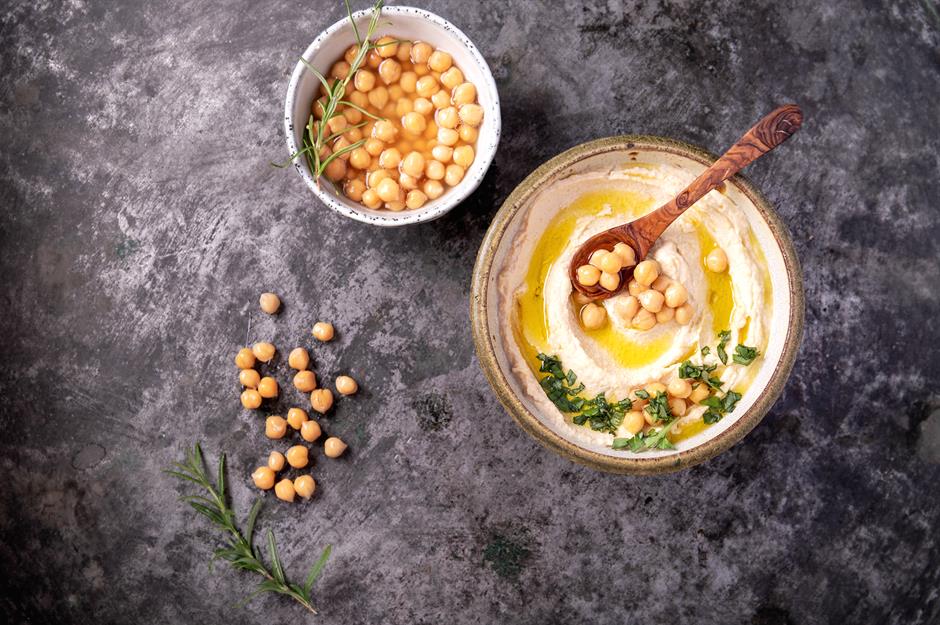
Chickpeas, the key ingredient in hummus, are another food that could be impacted by climate change. India is the largest chickpea producer in the world, and harvests here have been severely impacted by rising temperatures leading to drought. In fact, as a result, it's reported that chickpea production around the globe has been reduced by between 40 and 50%. Fear not, though: "drought-resistant" chickpeas are being tested as a response.
Maple syrup

There's nothing better than a glug of maple syrup over a generous stack of pancakes – but climate change could threaten your favorite weekend breakfast. Rising temperatures in US states such as Vermont and Michigan are impacting the growth of sugar maples and altering and shrinking tapping seasons too. While producers are doing their best to mitigate the effects, maple syrup operations may be pushed farther north over the coming decades and, in the worst case scenario, could eventually dry up completely.
Peaches

Peaches, and other stone fruits, have also fallen foul of climate change. The main problem is fluctuating and unpredictable temperatures, which in turn can lead to depleted crops and an unpredictable harvest season. Early warm spells and intense cold snaps damaged yields in northeastern US states in 2016, and it's thought that history could easily repeat itself in the future.
Vanilla
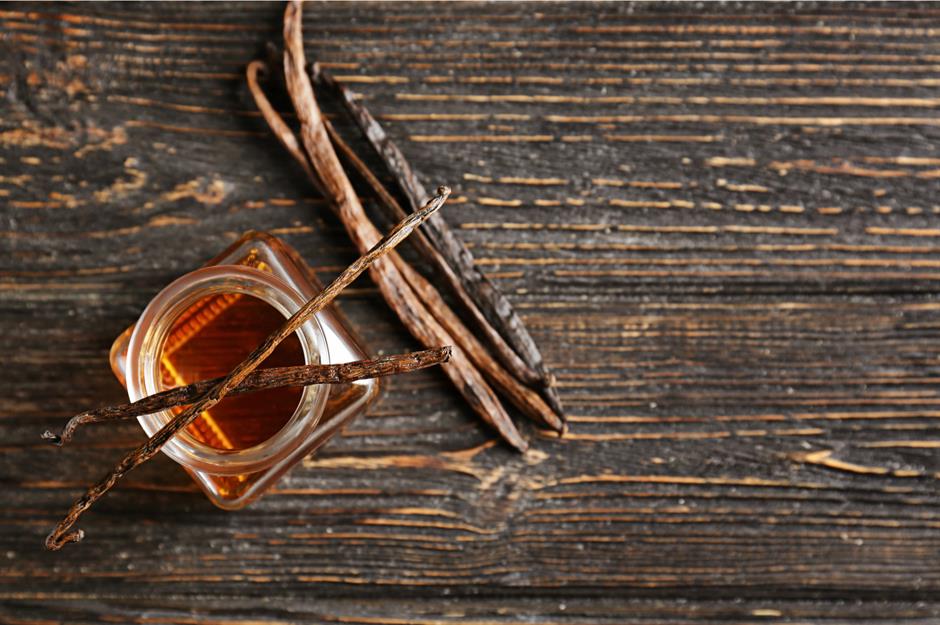
Vanilla ice cream, vanilla cupcakes, vanilla lattes... It's easy to take this common spice for granted but, the truth is, vanilla is not an easy crop to farm, and its future is at risk. According to the World Wildlife Foundation (WWF), Madagascar produces 85% of the world's vanilla, but a changing climate means the country's already unpredictable weather patterns are becoming all the more volatile. Intense tropical cyclones, such as the one in 2017, have the power to devastate vanilla harvests and have a severe impact on the Madagascan economy and its people.
Peanut butter

Love PB&J sandwiches or a slather of peanut butter on your morning toast? You might need to find an alternative. The National Oceanic and Atmospheric Administration (NOAA) in the US describe peanuts as "fairly fussy plants" that require very specific conditions to grow: "up to five months of fairly consistent warmth, combined with about 20 to 40 inches of rain". However, drought and heat waves across peanut-growing states in the US (including Texas and Georgia) are putting the future of peanuts, and by default peanut butter, at risk. In a bid to save them, experts are now researching "drought-resilient peanut varieties".
Oranges
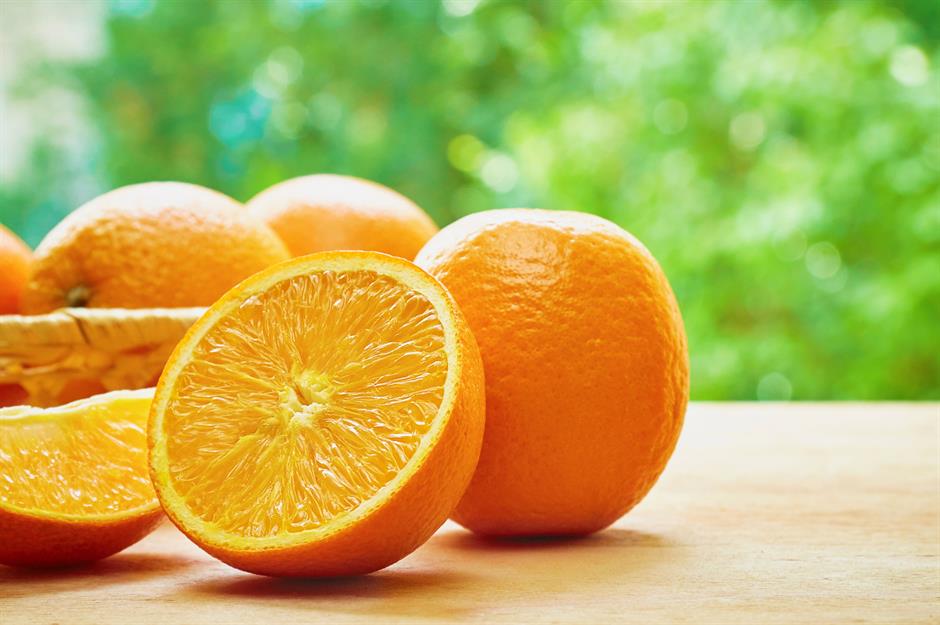
An orange makes for a refreshing snack, but these well-loved citrus fruits are at risk across the globe. The so-called citrus greening disease, or huanglongbing, has affected oranges in places including Florida, where it has caused a "72% decline in the production of oranges used for juice and other products" in the US over the last decade. The disease, which causes yellowing leaves and eventually kills off the branches and roots of citrus trees, has also been detected in Bhutan, Brazil, China and elsewhere.
Chocolate
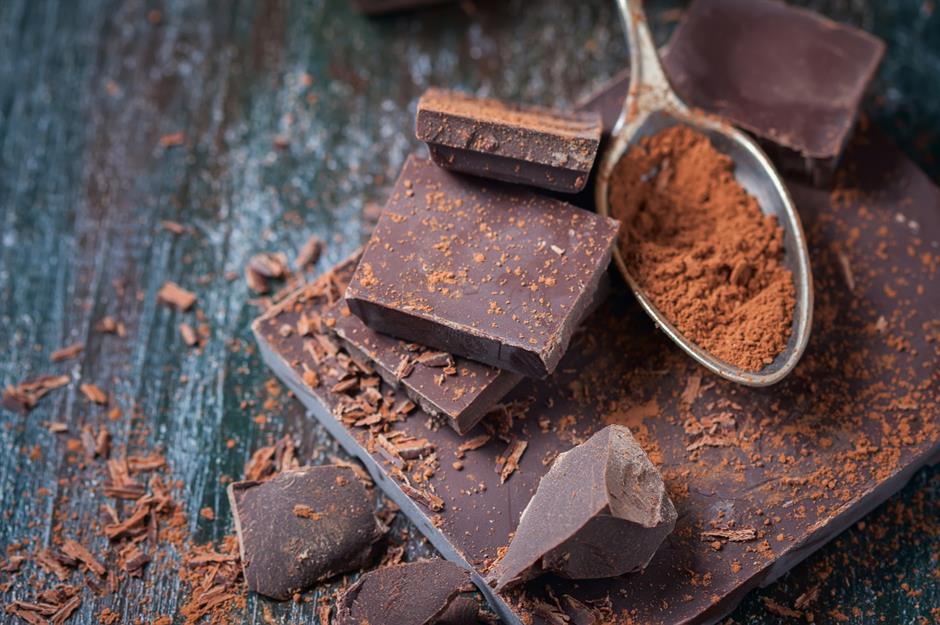
It might be hard to imagine a world without chocolate, but the sweet stuff is likely to be severely impacted by our changing climate, according to a study by the International Center for Tropical Agriculture. The report analyzed plantations in Ghana and the Ivory Coast – two of the world's major cocoa producers – and concluded that, if temperatures were to rise by 3.9°F (2.3°C) by 2050, the land suitable for cocoa production here could reduce by a whopping 50%.
Pasta
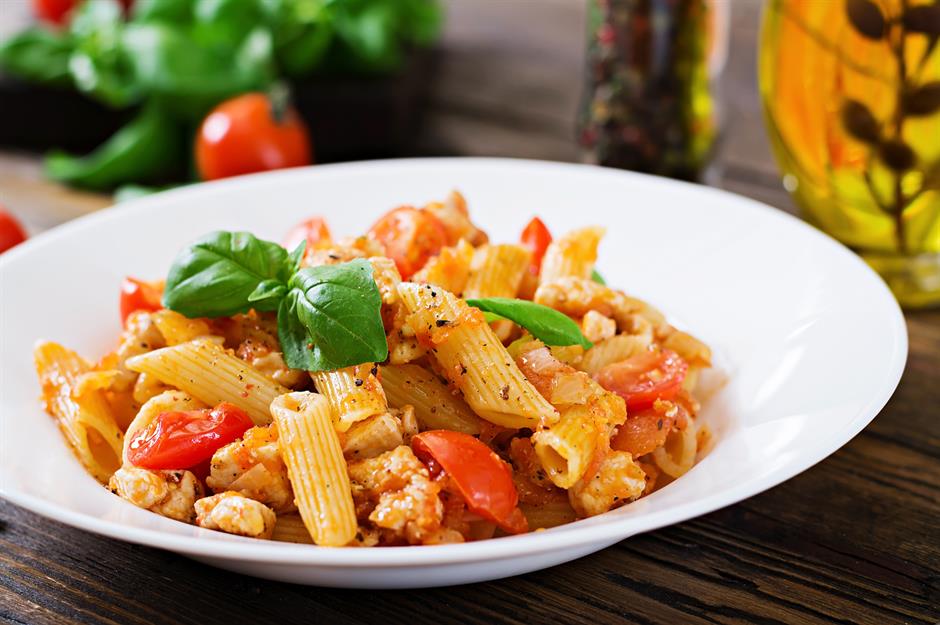
From one beloved comfort food to another – climate change could impact the production of pasta too. Pasta is made from durum wheat, a crop that favors cooler temperatures and can be negatively affected by too much (or too little) rainfall. Past reports have indicated that durum yields in Italy could see a steep decline from 2020, while durum farmers in North Dakota have already felt the effects.
Tabasco sauce

Rising sea levels as a result of climate change are a threat to your favorite hot sauce. Tabasco sauce has been made from fiery red pepper plants on Avery Island, Louisiana for more than a century but, according to a report by The Guardian, the island's marshes are now retreating by around 30 foot (9m) per year. And it's thought that a further sea-level rise of two feet (0.6m) could almost entirely engulf the isle in water. While the company could move production elsewhere, a 150-year tradition would be lost.
Mussels

More bad news for seafood-lovers: mussels could be severely impacted by rising ocean temperatures. A study by Gothenburg University found that a temperature rise of just 3.6°F (2°C) could make mussels inedible, since the warmer temperatures allow harmful bacteria and a type of toxin-producing plankton to thrive. Both can build up in mussels, making them poisonous to humans and swiping them from menus across the globe.
Tofu

A vegetarian staple, tofu is likely also to suffer as a result of climate change. A 2017 study by the Institute for Climate Impact Research, revealed in The Independent, warned of the impacts of global warming on essential crops including maize, wheat and soybean, which is used to make tofu. The report found that, by 2100, soybean crop yields could see a 40% reduction in the US.
Now discover the surprising food and drink banned from around the world
Rice

Rice is another essential crop that could feel the effects of climate change. Reports by the Food and Agriculture Organization of the United Nations warn of the impact of rising sea levels on rice production in major river deltas, while dry conditions have affected yields elsewhere. If rice production is seriously depleted, this could lead to significant food shortages across the globe.
Bananas

Bananas are the world's favorite fruit and a staple food for many across the globe – but they could be at risk. The Cavendish banana, the most commonly produced kind, could be wiped out by a strain of the Fusarium fungus. This fungus leads to "Panama disease", which essentially causes bananas to blacken and spoil from the inside out. The spread of the disease in Latin America caused Colombia, a country whose economy relies heavily on banana production, to declare a national state of emergency in 2019.
Now discover the slowest foods on the planet that are worth the wait
Comments
Be the first to comment
Do you want to comment on this article? You need to be signed in for this feature